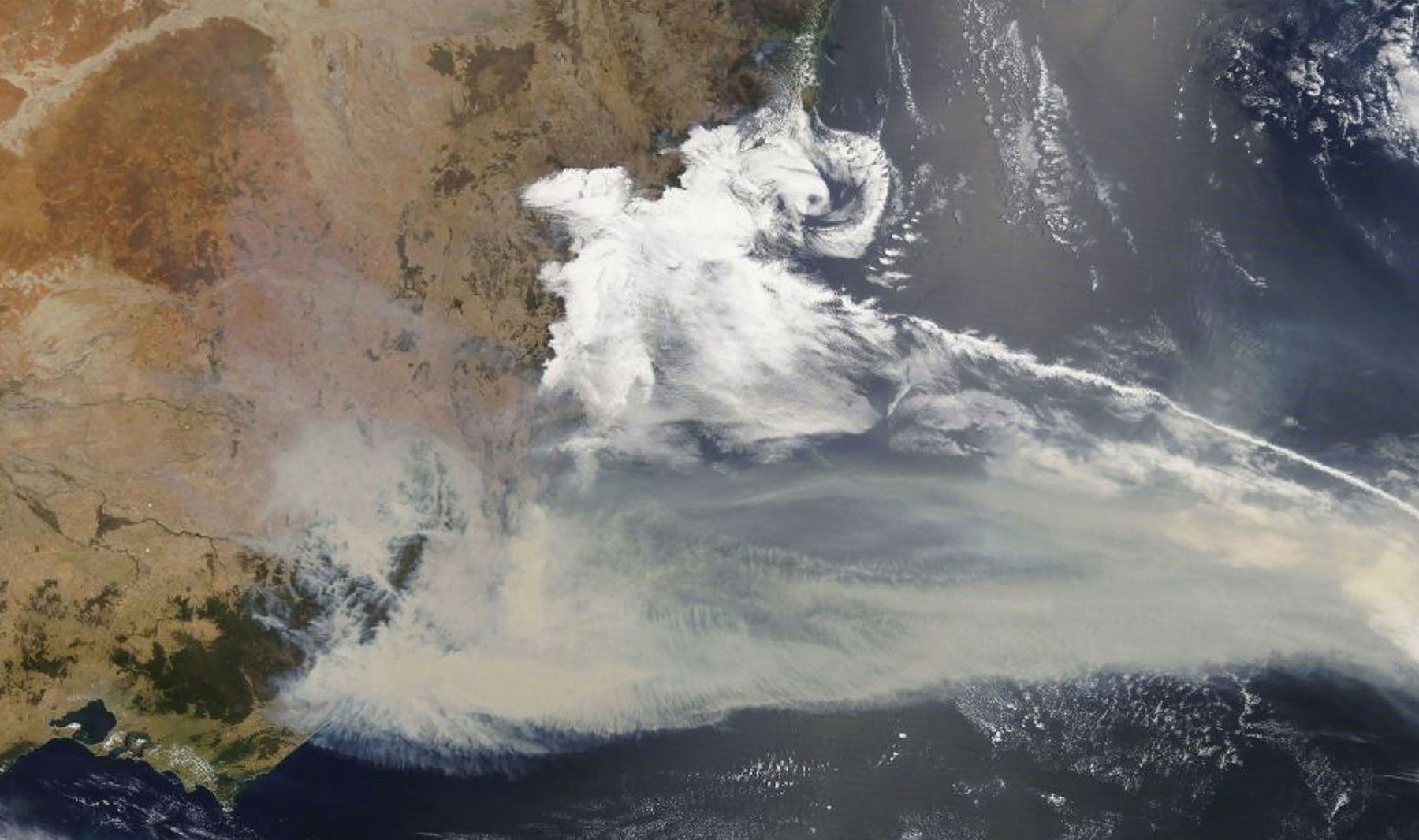The death toll from the wildfires ravaging Australia shot up this weekend.
Australian Prime Minister Scott Morrison announced on Saturday that 23 people had died nationwide, up from 18 last week, and six others are missing from blaze-affected areas.
“In recent times, particularly over the course of the balance of this week, we have seen this disaster escalate to an entirely new level,” he said in a news conference in which he called up 3,000 military reservists to help with the firefighting efforts.
Hundreds of fires are raging across the country’s two most populous states, New South Wales and Victoria, causing tens of thousands of residents and tourists to flee. The fires have burned through 12.35 million acres of land, and more than 1,500 homes have been destroyed since the wildfire season began in September.

An estimated 500 million animals have been killed, including reptiles, mammals, and birds.
It is summer in Australia, which is peak bushfire season in the southern part of the country. But this year’s fire activity has been exacerbated by a combination of record-breaking heat, dry conditions, and strong winds. Further complicating firefighters’ efforts to combat the infernos are dry lightning storms and fire tornadoes.
A fire-generated thunderstorm has formed over the Werri Berri and the Badja Forest Rd fire, west of Bega. This is a very dangerous situation. Monitor the conditions around you and take appropriate action. #nswfires #nswrfs pic.twitter.com/ihKIJLyyFE
— NSW RFS (@NSWRFS) January 4, 2020
This weekend saw a deterioration in conditions as temperatures skyrocketed and winds picked up. Canberra, the capital, broke an 80-year heat record by reaching 111 degrees Fahrenheit on Saturday, while Penrith, a suburb of Sydney, became the hottest place on earth with a temperature of 120 degrees Fahrenheit.
A state of disaster has been declared in Victoria, marking the first time since the historic Black Saturday bushfires in 2009, which killed 173 people and injured 414 others.
From its vantage point nearly 23,000 miles up, #GOESWest can see massive amounts of brownish-gray #smoke from the #AustralianBushFires spreading over #NewZealand and the #SouthPacific.
More real-time imagery: https://t.co/U2kJQTbbdy#FullDiskFriday #Australia #NSWFires #BushFire pic.twitter.com/Uv7v1MYmb4— NOAA Satellites (@NOAASatellites) January 3, 2020
Morrison, who became prime minister in 2018, has been criticized for his handling of the disaster. He was met with angry residents on Thursday when he visited the fire-ravaged town of Cobargo.
A viral video of the visit showed Morrison unsuccessfully reaching out to shake the hand of a young woman, saying, “How are you?” When the woman does not accept the handshake, Morrison grabbed her hand while the woman said she would only shake his hand if he would give more funding to the Rural Fire Service.
On Saturday, Morrison said that fighting bushfires is typically under the responsibility of state governments and fire services, but he said the large scale of this year’s crisis warranted a response from the federal government.
In addition to declaring thousands of army reservists would help communities affected by the wildfires, Morrison announced a third navy ship was being deployed to assist with evacuations, military bases would open up for emergency accommodation, military aircraft would help with firefighting, and $14 million would be spent on leasing four additional water-bombing planes.
